Red Lynx
- January 12, 2024
- 0 comment
The Red Lynx, scientifically known as Lynx rufus, is a captivating and elusive wild cat native to North America, often colloquially referred to as the Bobcat. Characterized by its distinctive reddish-brown fur, tufted ears, and short bobbed tail, this medium-sized feline predator has intrigued wildlife enthusiasts for generations. Adaptability is a hallmark of the Red Lynx, as it thrives in diverse habitats ranging from dense forests to arid deserts. Despite the name, the coat color can vary, showcasing shades of red, brown, and gray. Red Lynx are solitary creatures, establishing territories that they navigate with stealth and agility.
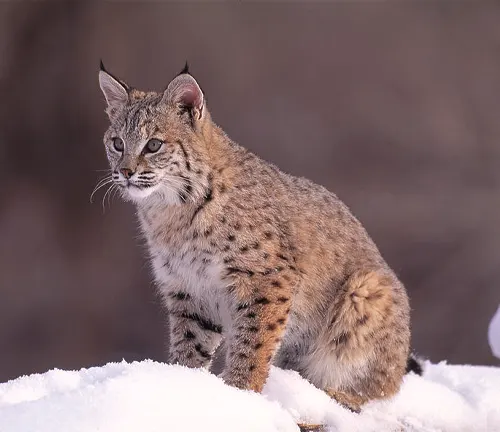
Their diet consists mainly of small mammals and birds, reflecting their role as efficient predators in maintaining ecological balance. Though not currently endangered, Red Lynx face challenges such as habitat loss and climate change. In addition to their ecological importance, these wild cats hold symbolic significance in various cultures and mythologies, adding a layer of mystique to their existence. As we navigate the delicate dance between nature and human influence, understanding and appreciating the Red Lynx becomes crucial for fostering coexistence and ensuring the preservation of this enchanting species.
| Aspect | Description |
|---|---|
| Scientific Name | Lynx rufus |
| Common Name | Red Lynx, Bobcat |
| Size | Medium-sized; males are larger, with an average length of 2 to 2.5 feet and a weight range of 16 to 30 pounds |
| Coat Color | Variable, including shades of reddish-brown, gray, and brown |
| Distinctive Features | Tufted ears, short bobbed tail, spotted coat, and facial markings in some individuals |
| Habitat | Diverse habitats ranging from forests and swamps to deserts and urban areas |
| Territorial Range | Males have larger territories, spanning about 25 to 30 square miles, while females have smaller ranges |
| Behavior | Solitary; active mainly during dawn and dusk; adept at stealth and agility |
| Diet | Carnivorous; preys on small mammals, birds, and occasionally larger prey |
| Conservation Status | Listed as a species of least concern; faces threats such as habitat loss, climate change, and human activities |
| Lifespan | In the wild, around 12 to 15 years; in captivity, may live up to 20 years or more |
| Vocalizations | Includes hisses, growls, and distinctive “yowls” used for communication |
| Cultural Significance | Holds symbolic importance in various cultures and mythologies |
| Adaptability | Highly adaptable to different environments, contributing to its widespread distribution |
| Predatory Role | Contributes to ecological balance by regulating prey populations |
| Conservation Challenges | Faces challenges such as habitat fragmentation, climate change, and interactions with humans |
| Interaction with Humans | Generally avoids human interaction; may pose minimal threat when encountered |
In the vast tapestry of nature, there exists a fascinating and elusive creature known as the Red Lynx. This article will delve into the depths of its existence, exploring its habitat, behavior, and the crucial role it plays in our ecosystem.
A Red Lynx, scientifically referred to as Lynx rufus, is a medium-sized wild cat native to North America. Often recognized for its distinctive reddish-brown fur, tufted ears, and a short bobbed tail, these cats are mesmerizing beings that captivate wildlife enthusiasts worldwide.
Habitat and Distribution
Red Lynx are adaptable creatures, thriving in various environments ranging from dense forests to arid deserts. Their distribution spans across North America, from the southern regions of Canada to Mexico. Understanding their habitat is vital in appreciating their significance in our ecosystem.
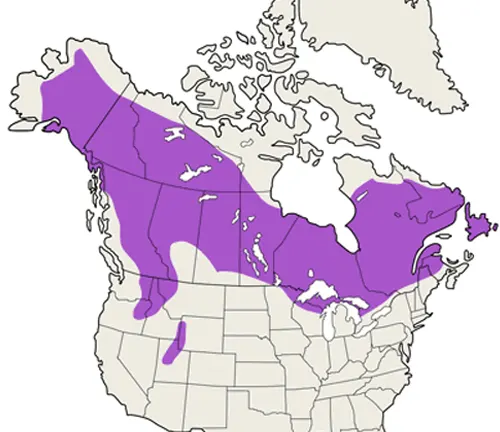
Physical Characteristics
One cannot help but marvel at the physical attributes of the Red Lynx. From their tufted ears, which serve both functional and aesthetic purposes, to their sharp retractable claws, these feline predators are a testament to the wonders of evolution.

Red Lynx Behavior
The behavior of Red Lynx is a complex tapestry of solitary habits and occasional social interactions. Their ability to navigate vast territories with stealth and agility contributes to their survival in the wild.
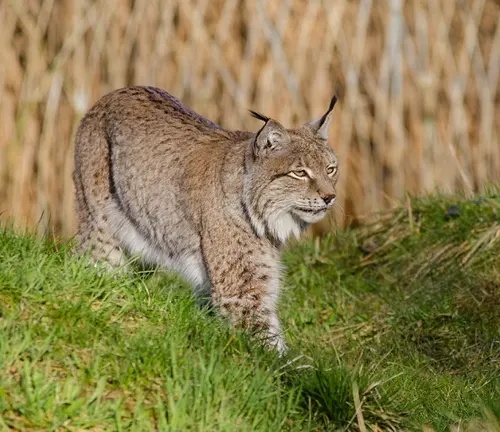
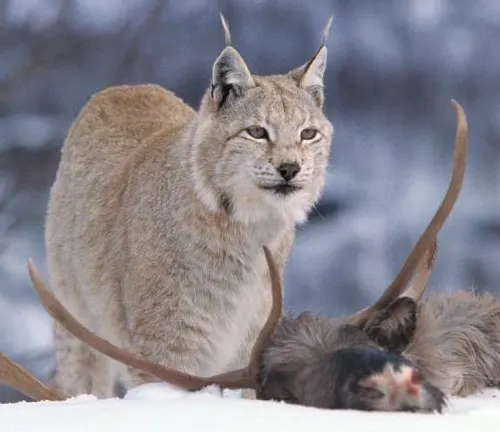
Diet and Hunting Habits
A carnivorous species, Red Lynx exhibit remarkable hunting prowess. Their diet primarily consists of small mammals, birds, and sometimes larger prey, showcasing the intricacies of their role in maintaining ecological balance.
Conservation Status
Concerns about the conservation status of Red Lynx loom large as their populations face threats from habitat loss, climate change, and human activities. Understanding their vulnerable status is crucial for initiating conservation efforts.
Interactions with Humans
Red Lynx, like many wildlife species, interact with humans in various ways. Understanding these interactions can foster coexistence and promote responsible wildlife management practices.
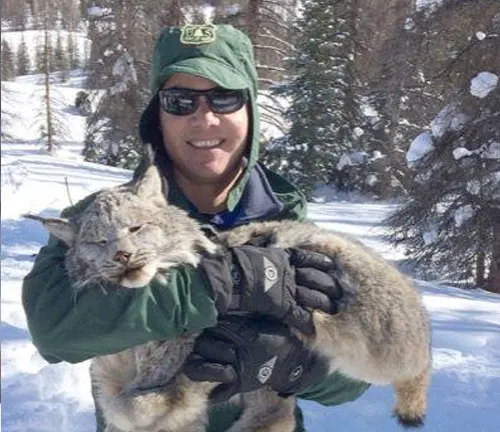
Mythology and Symbolism
Throughout history, the Red Lynx has held symbolic significance in various cultures and mythologies. Exploring these narratives adds a layer of mystique to our understanding of these majestic creatures.
Red Lynx in Popular Culture
From folklore to modern media, Red Lynx have left an indelible mark on human culture. Examining their representation in popular culture sheds light on the enduring fascination with these wild cats.
The Importance of Conservation
As our world grapples with environmental challenges, the importance of conserving species like the Red Lynx cannot be overstated. Their presence in the ecosystem contributes to biodiversity and sustains the delicate balance of nature.
Challenges Facing Red Lynx
Despite conservation efforts, Red Lynx face numerous challenges. From habitat fragmentation to the impact of climate change, addressing these issues is crucial for the long-term survival of the species.
Different Species
Eurasian Lynx
(Lynx lynx)
Found in European and Siberian forests, the Eurasian Lynx is the largest lynx species. They have a distinctive spotted coat and tufted ears.
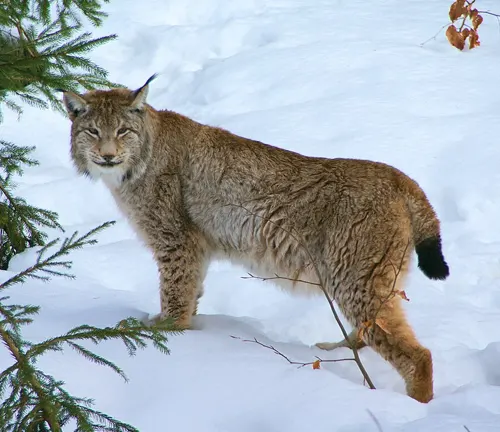
Canadian Lynx
(Lynx canadensis)
Native to North America, the Canadian Lynx is adapted to cold climates. They have large, well-furred feet, which act as snowshoes, and longer tufts on their ears.

Iberian Lynx
(Lynx pardinus)
This critically endangered species is native to the Iberian Peninsula. It is characterized by a spotted coat and distinctive facial markings.
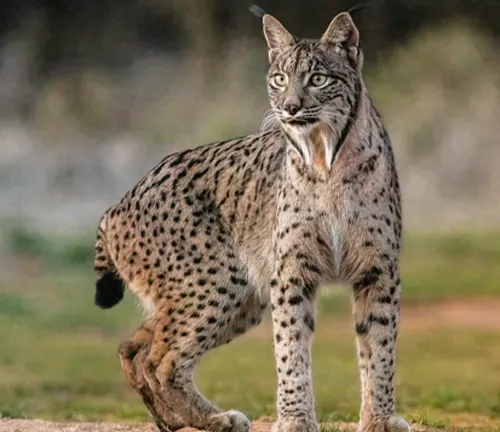
Bobcat
(Lynx rufus)
The Bobcat, often referred to as the Red Lynx, is widespread in North America. Their coat color can vary, including shades of red, brown, and gray.
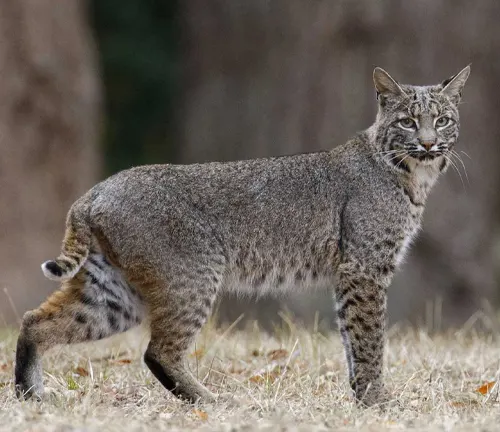
Caracal
(Caracal caracal)
While not in the Lynx genus, the Caracal is sometimes referred to as the Desert Lynx. They have distinctive tufted ears and are found in various regions of Africa and parts of Asia.

Frequently Asked Questions (FAQs)
- What is the Red Lynx’s scientific name?
The Red Lynx is scientifically known as Lynx rufus, commonly referred to as the Bobcat. - How do you differentiate between a Bobcat and other Lynx species?
While Lynx species share similarities, the Bobcat is distinct with its smaller size, shorter tufted ears, and variable coat colors. - Do Red Lynx have any vocalizations?
Yes, Bobcats are known for their vocalizations, including hisses, growls, and distinctive “yowls” used for communication. - Are Red Lynx endangered?
Bobcats, or Red Lynx, are not currently considered endangered. They are listed as a species of least concern due to their adaptable nature and widespread distribution. - How large is the territory of a Red Lynx?
The territory of a Red Lynx, particularly the Bobcat, can vary but is generally around 25 to 30 square miles for males and smaller for females. - What is the lifespan of a Red Lynx in captivity?
In captivity, Bobcats can live longer than in the wild, with an average lifespan of 20 years or more. - Can Red Lynx be kept as pets?
Keeping a Red Lynx, or any wild cat, as a pet is generally illegal and not recommended due to their natural behaviors and specialized care requirements. - Do Red Lynx exhibit any unique behaviors during mating season?
Yes, during mating season, male Bobcats may engage in vocalizations and scent marking to attract females. - How do Red Lynx contribute to ecosystem balance?
Red Lynx, by regulating prey populations, contribute to maintaining a balanced ecosystem. They help control rodent populations, which can otherwise become pests. - Are Red Lynx solitary animals?
Yes, Red Lynx, including Bobcats, are generally solitary animals. They establish territories and only come together during the mating season. - Do Red Lynx migrate seasonally?
Red Lynx, particularly in northern regions, may exhibit seasonal movements in search of prey, but they don’t undergo long-distance migrations like some other species. - What is the role of Red Lynx in folklore and indigenous cultures?
Many indigenous cultures have myths and stories featuring the Red Lynx as a symbol of stealth, independence, and adaptability. - Can Red Lynx interbreed with other Lynx species?
Interbreeding between different Lynx species is rare in the wild due to geographical barriers, but it can occur in captivity under certain conditions. - How do Red Lynx adapt to changing environmental conditions?
Red Lynx, particularly the Bobcat, have shown adaptability to various environments, enabling them to thrive in a range of habitats from forests to deserts. - What role do Red Lynx play in controlling pest populations?
Red Lynx, as efficient predators, help control populations of small mammals, birds, and rodents, contributing to a natural pest control mechanism.


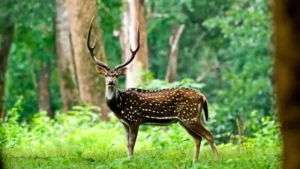

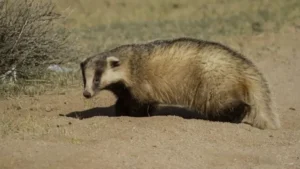
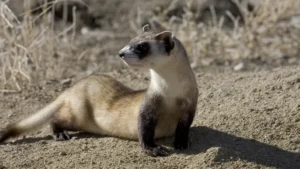



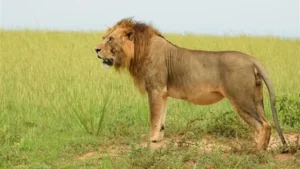
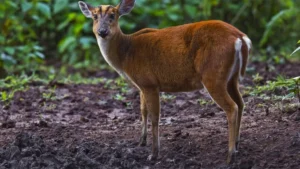



Leave your comment